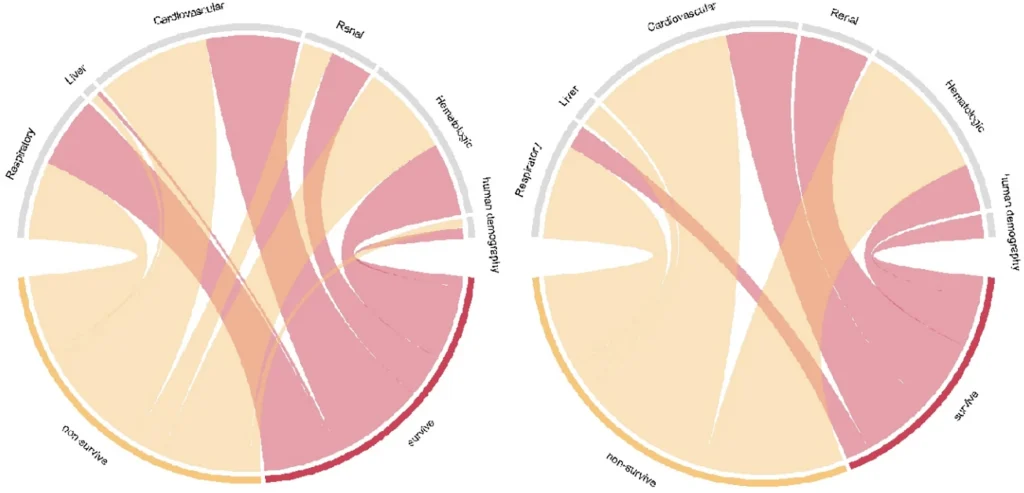Acute Respiratory Distress Syndrome and Fluid Management: Finding the Perfect Balance
Summary of “Acute Respiratory Distress Syndrome and Fluid Management: Finding the Perfect Balance” (J. Clin. Med. 2025, 14, 2067) Abstract Acute Respiratory Distress Syndrome (ARDS) is characterized by alveolar epithelial injury leading to capillary leak and alveolar flooding. While fluid therapy is often essential in early resuscitation, excessive fluid administration may exacerbate pulmonary edema, impair […]
Acute Respiratory Distress Syndrome and Fluid Management: Finding the Perfect Balance Read Post »




